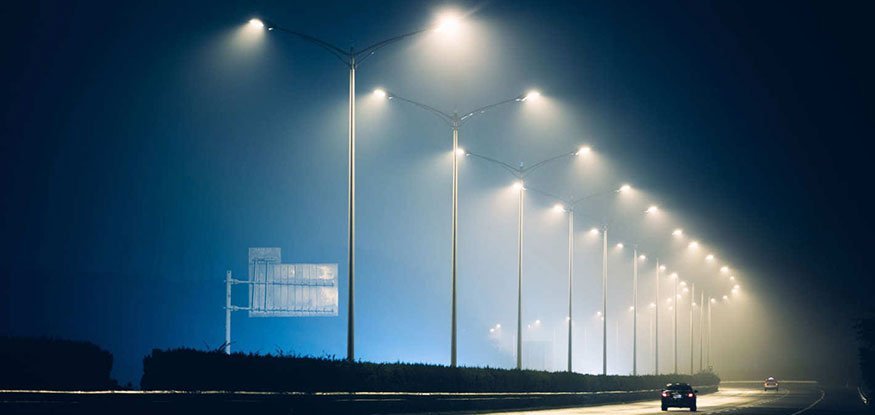The US’s largest 314 cities are reportedly converting to LED street lighting, highlighting the increased interest in smart and connecting street lights.
According to a report by the Northeast group, this demand has nearly tripled in the US and has projected that over the next decade, around $8.2 billion will be invested in street light modernization.
Indeed, smart street lighting is one of the building blocks of smart cities, offering numerous benefits to energy conservation and resilience, among others. Initiatives of this nature are gaining traction due to their cost-effective benefits for municipalities and utilities amid the COVID-19 pandemic.
The market forecast for the United States Smart Street Lighting & Smart Cities for the years between 2020 and 2029 has highlighted the growing importance and benefits of such investments as budget shortfalls have cast their shadow over most cities in the wake of pandemic-induced economic issues.
Chris Testa, research director at Northeast Group, said, “The smart street lighting market has rapidly advanced since our last survey back in 2018. The number of planned projects has more than doubles, prices have stabilized and the benefits are better understood.”
He also added that crises like this pandemic really highlight the need for efficient, low-cost infrastructure which enrich surveillance, namely remote monitoring and control.
“There is also the possibility for infrastructure-focused stimulus to kickstart new projects, similar to the effect that the American Recovery and Reinvestment Act from the previous crisis had on LED street lighting a decade ago,” added Testa.
Some of the Group’s findings on the 314 cities (of which have over 100,000 residents) have highlighted the increased movement towards smart city developments such as an increase in interest with regards to 5G small cell street light attachments, as well as a relatively more stable price and energy tariff environment.

